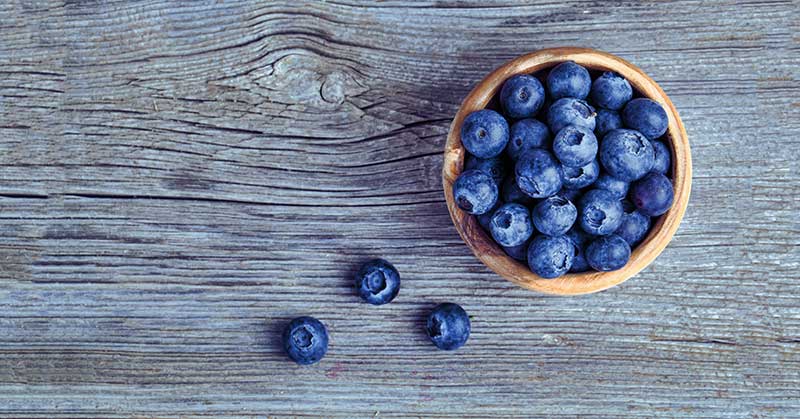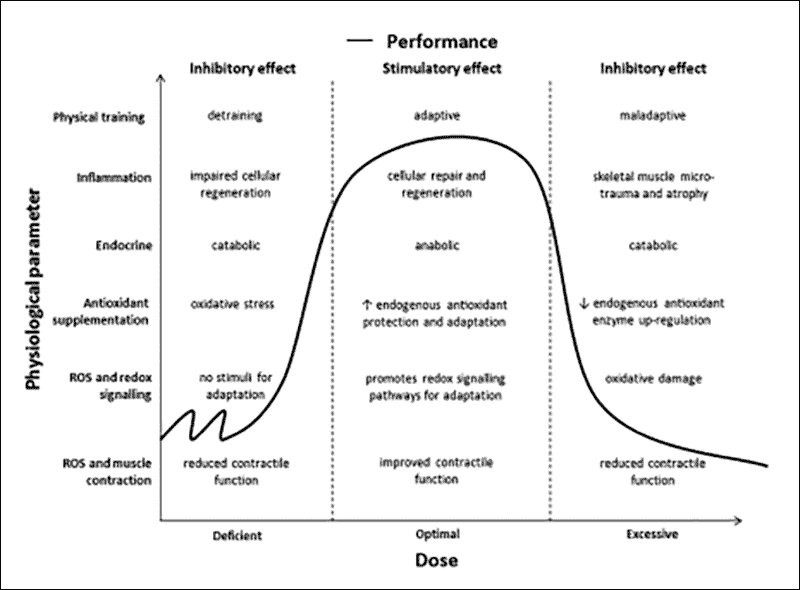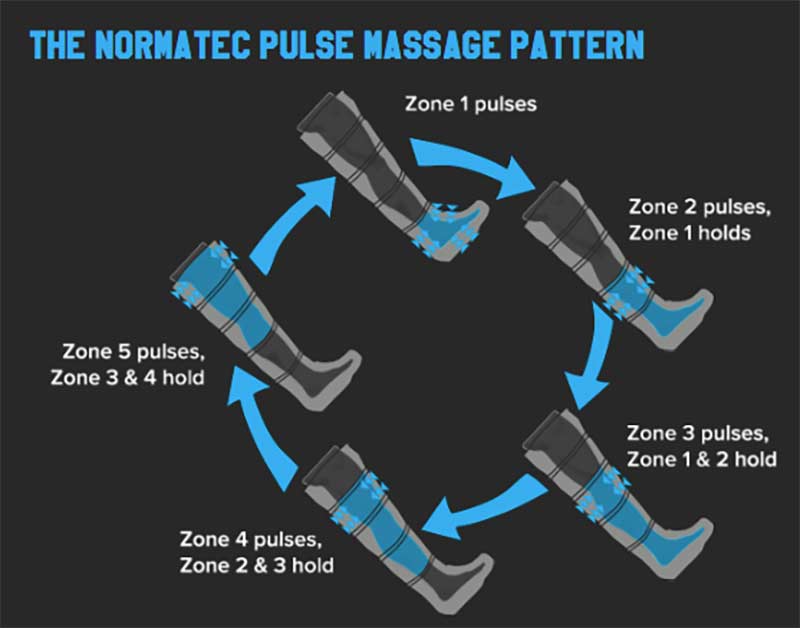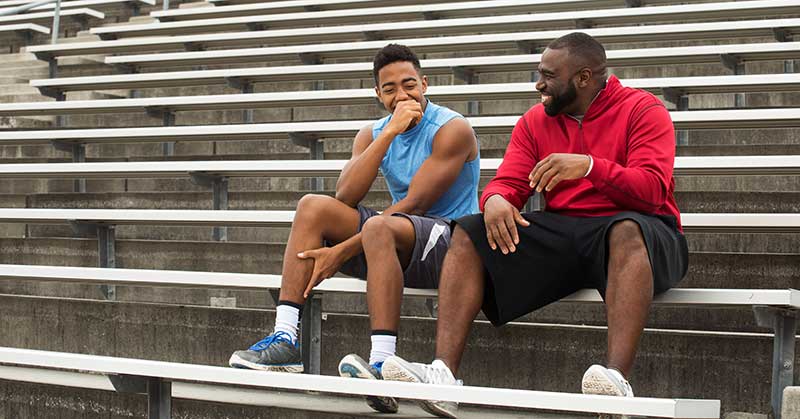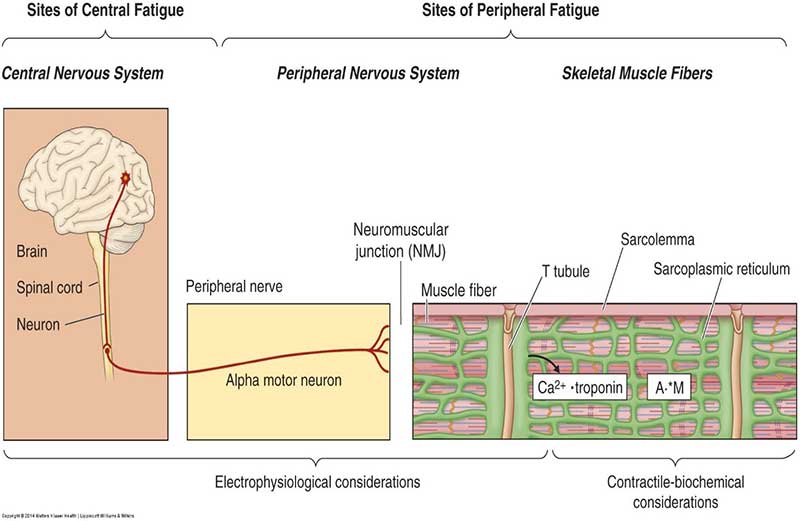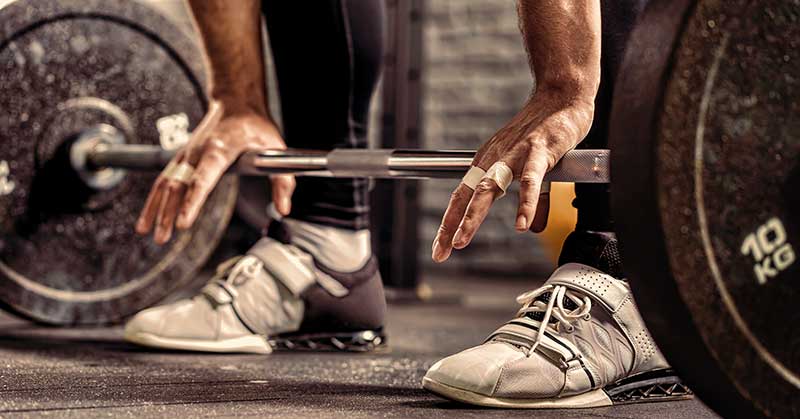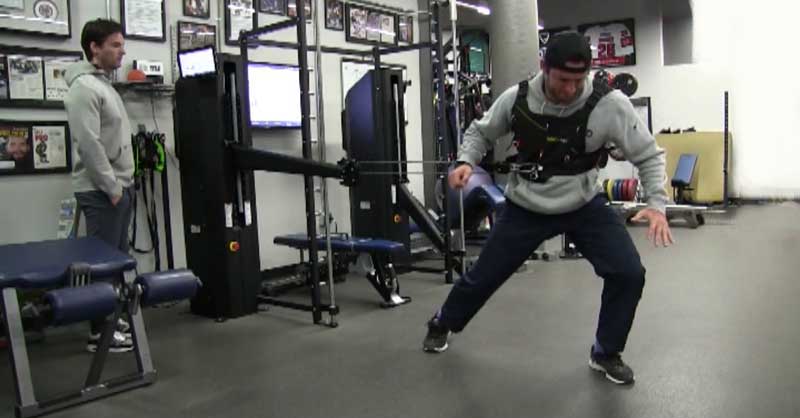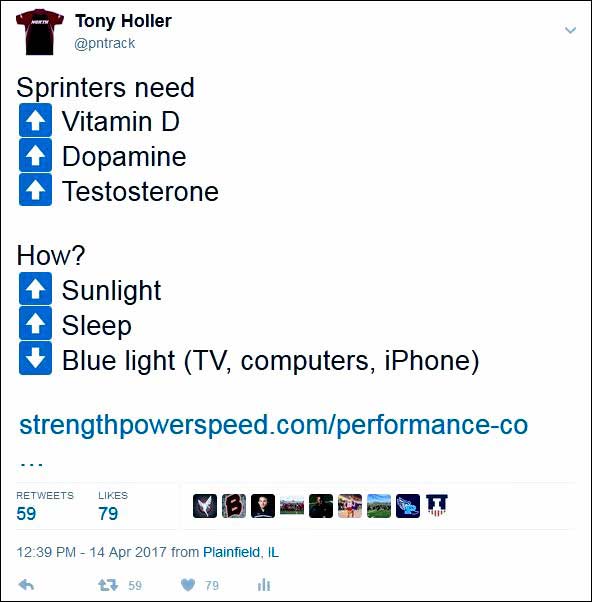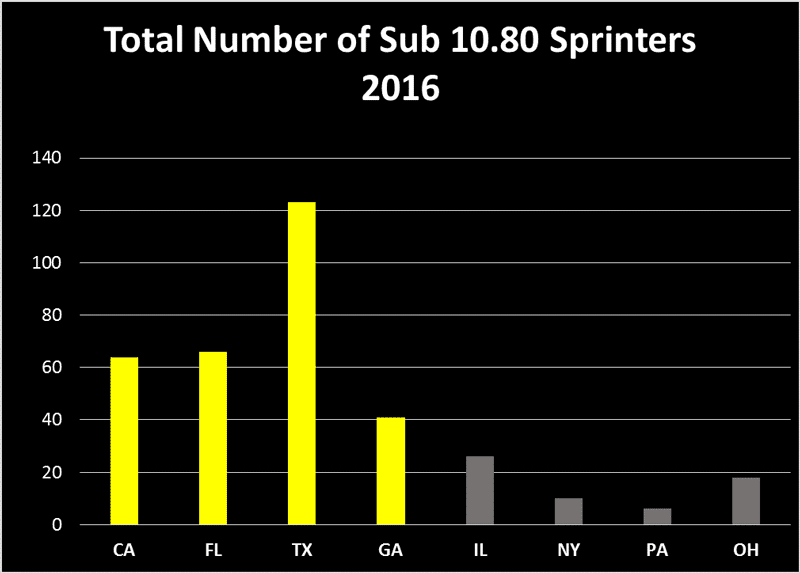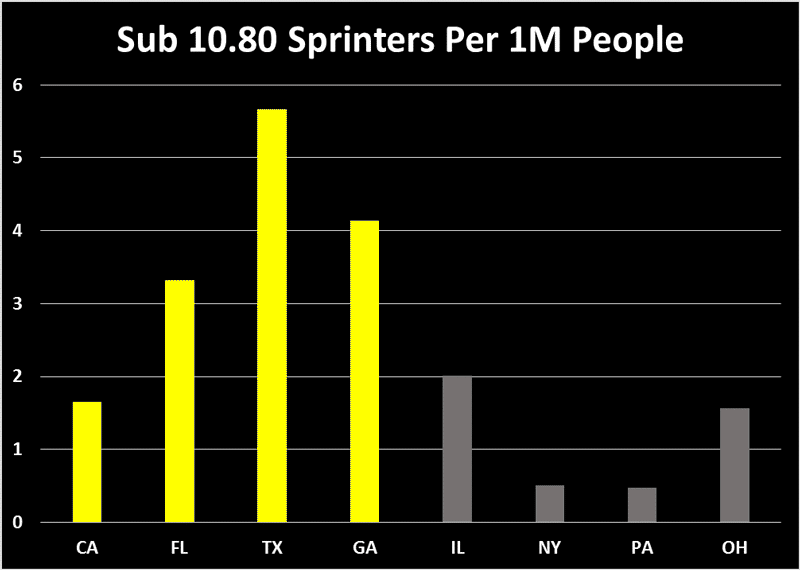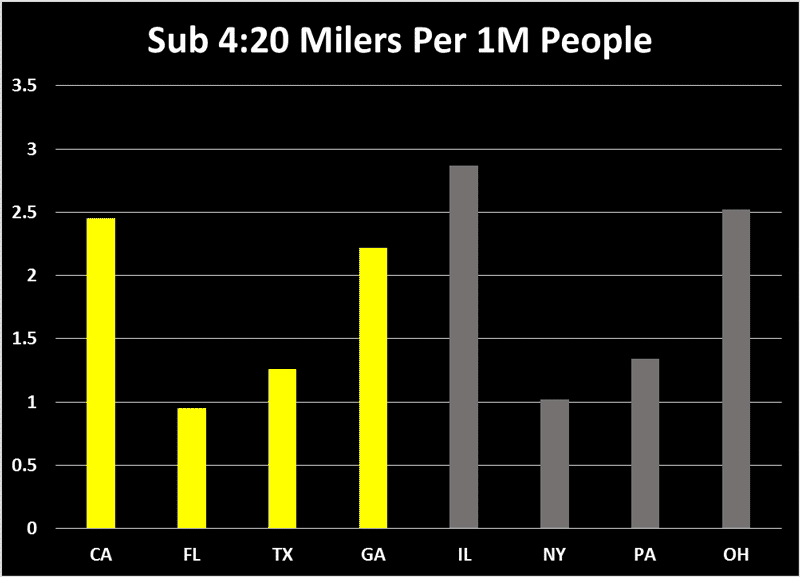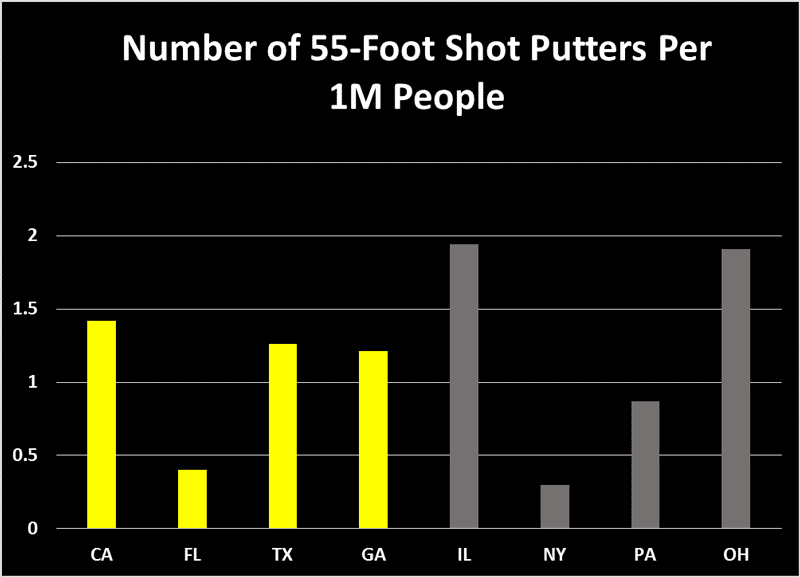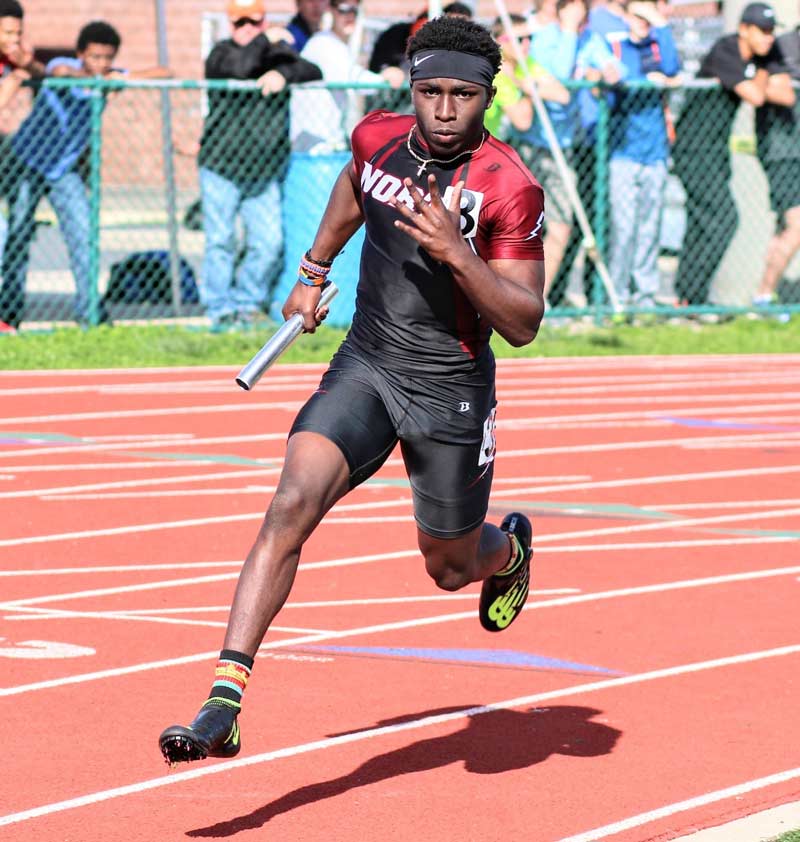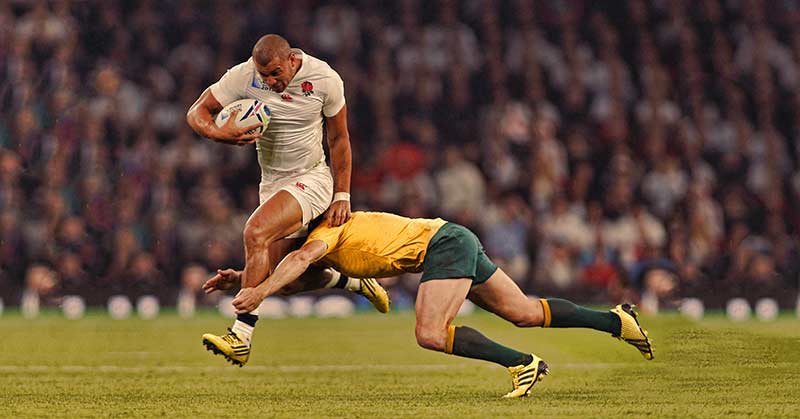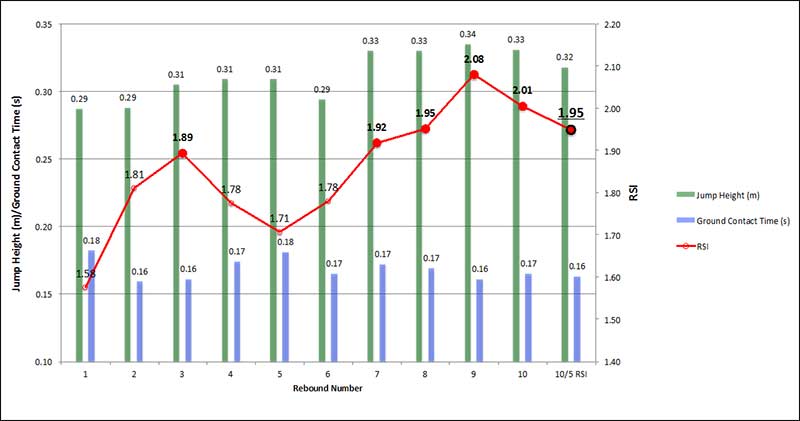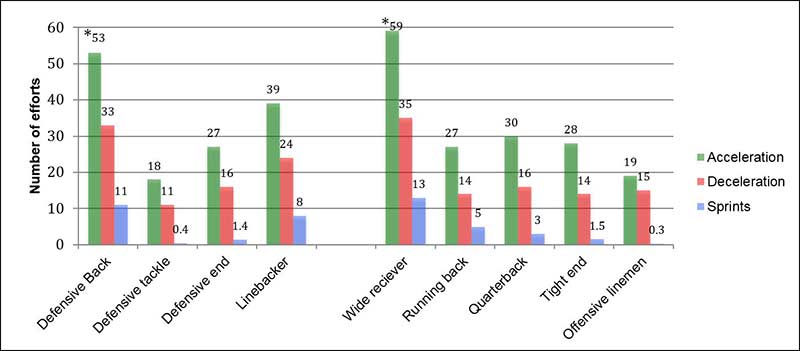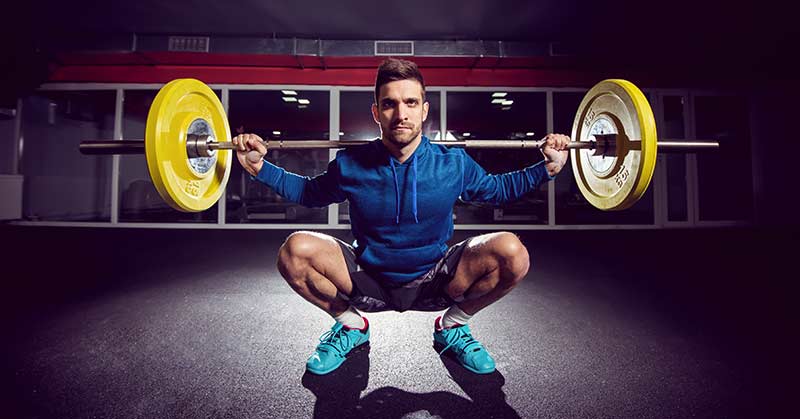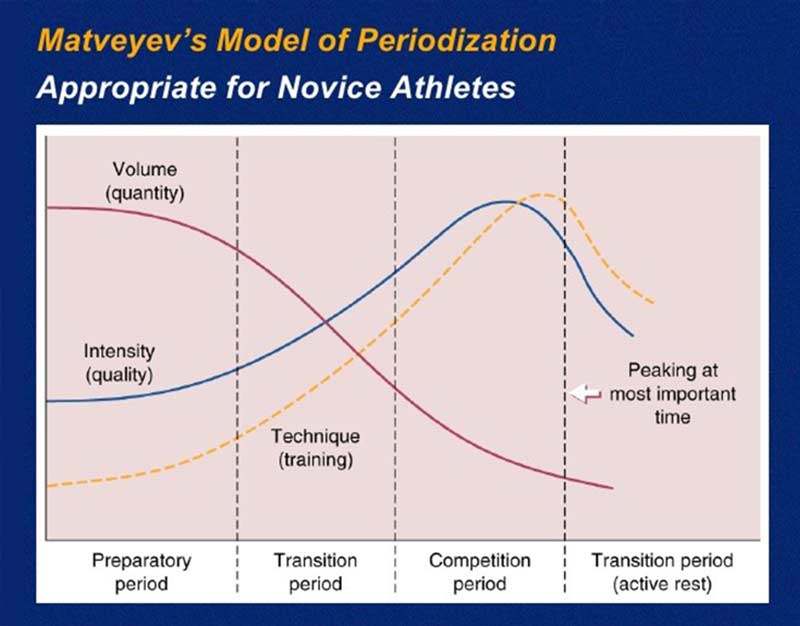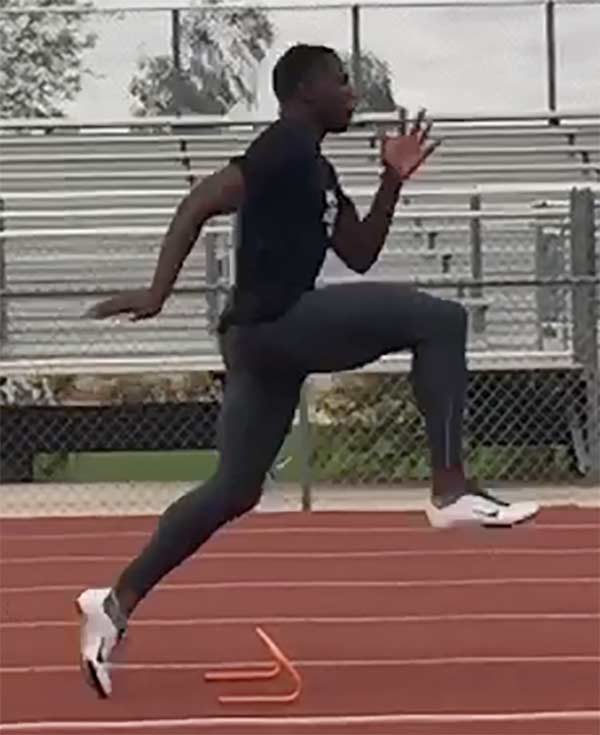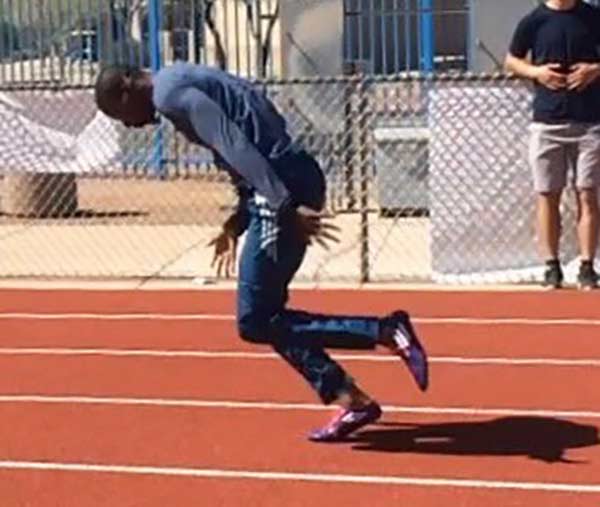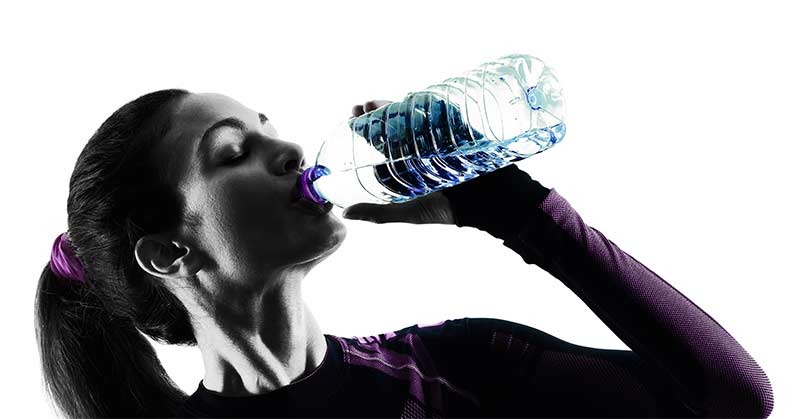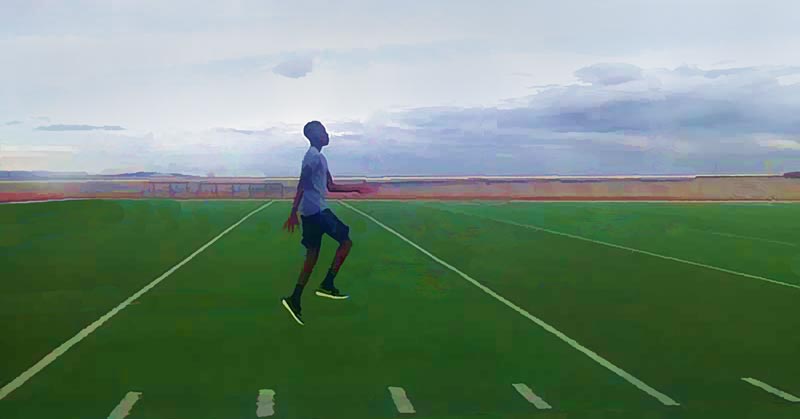
I am a thief. Everything in my coach’s toolbox is stolen. I scour the Internet for the best coaching articles, troll social media for the best drills, befriend/stalk mentor coaches all over the country, and stock up on coaching videos and programs. I’ve always believed that if I am going to ask student athletes to work hard on the track, I need to do the same off of it.
After the end of last season, I attended two coaching clinics. The first was in Chicago. Coach Tony Holler spoke about timing fly 10s and publishing results. I stole his idea. Now we time our fly 10 times with Freelap and publish the results on social media. Chris Korfist and Dr. Tom Nelson talked about breathing and being activated. I also stole this information. Every athlete in our off-season knows about level 1 activation. We also encourage them to take 20 deep belly breaths when waking up, throughout the day, and before going to bed.
Two weeks later my insane friend and I took a 6-day road trip from El Paso to Boston to attend the Complete Track and Field summer clinic. Coaches from Harvard, Columbia, Brown, UMass, Boston, and Jacksonville University worked with high school athletes on warming up, accelerating, sprinting, jumping, and hurdling. I stole cues, drills, progressions, and ideas. I quickly realized these coaches were not just smart—really smart—but also that they conveyed their information in a simple manner through effective instruction.
Meeting coaches like Holler, Korfist, Nelson, Latif Thomas, Cal Dietz, Rueben Jones, Marc Mangiocotti, Joel Smith, Tony Veney, Dan Fitcher, Kebba Tolbert and so many others makes you quickly realize how little you know. But then you get excited because they are so willing to share their experience and knowledge. Ultimately what matters most to me is transferring what I learn and applying it for the benefit of my athletes and program in a simple and effective way.
I am a thief. Everything in my coach’s toolbox is stolen. Share on XThis aim was especially evident when Ron Grigg, Director of Cross Country/Track and Field at Jacksonville University, presented a fascinating lecture about three simple yet valuable drills: skipping for height, skipping for distance, and hurdle gallops. I left his clinic convinced that these drills could transform our jumping program.
Let me begin with the observation that the majority of jumping practice sessions I have witnessed make my heart ache for the kids. I am stupefied by some of the practice norms many coaches allow their athletes to create. For example, I’ve seen some middle school coaches let 15–20 kids practice multiple full-length approaches with an entire jumping sequence—including landings. High school coaches set up high hurdles within a few feet of the board so long jumpers can “jump” over the hurdles and create more height. They also set up mini-hurdles on the runway so triple jumpers can bound for more distance even though their form becomes completely compromised.
In the past, I’ve been guilty of silly or unnecessary drills. As a younger coach I believed that “more was better.” Simplifying is difficult, but that is Coach Grigg’s point with these three drills. If they are the only ones you do, you will keep it simple for your athletes, and they will still achieve their goals.
“These drills are like the ingredients on a spice rack,” Coach Grigg told me. “You can create something really good if you use the ingredients properly or you can create something rotten if they are not understood or misused. When done correctly the skips can turn into high-level drills, or when done poorly they can look very much like second grade recess time.”
He added, “You have to be able to watch, and know what you are looking to see. Being able to teach the very basics of posture, takeoff foot patterns, swinging segments usage, and displacement depends on observation.”
Video 1. The three key fundamentals include posture, takeoff foot pattern, and swinging segments.
Posture
When doing these drills, athletes should have proper posture. These posture cues also transfer to sprinters. Through the usage of the drills, Coach Grigg is “trying to use as much commonality between sprinting and jumping. The skills they are learning will make them better sprinters and athletes.”
The posture when performing the drills should be:
- Neutral head — head down during acceleration is WRONG
- Neutral pelvis — Stomach tight, back flat, hips up, butt tucked, belly button to spine: stable yet mobile
- Absence of forward or backward lean
Sprint coaches will recognize many of the same cues used during acceleration and max velocity. Chins tucked or heads down forcefully during acceleration compromise foot contact placement (below or behind hips), mechanics, and the angles athletes are trying to achieve during acceleration. The postural cues help guide athletes during these specific low-force application drills, and they can transfer over during higher velocity drills and sprinting.
Takeoff Foot Patterns
The continuous nature of the drills allows athletes to feel the takeoff foot patterns they need to achieve when long jumping and triple jumping. These are the direct concepts Coach Grigg emphasizes:
- Isometric preparation of ankles (and quadriceps)—dorsiflexed toe or 90-degree angle between the foot and shin. Strong stable ankles (and knees) at ground contact. Allows for bridging position during penultimate step.
- Located under or slightly in front of COM to conserve horizontal velocity
- Heel/toe rolling or flat rolling contacts (“Like a rocking chair,” Coach Grigg says)
- Shin perpendicular at full foot support
- PUSH on the ground, NOT pull
These explanations regarding takeoff foot patterns apply to the penultimate and jump steps in the long jump and the takeoff step in the triple jump. The biggest takeaway for athletes is being able to continually repeat these drills throughout the season and feel the takeoff foot patterns at low velocities. They learn what their feet should be doing and apply this knowledge when jumping at higher velocities.
Swinging Segments
Swinging segments refer to how athletes use their shoulders, arms, hips, and legs during the drills. The drills are introduced with lower forces and smaller movements to emphasize the feel and movement of the body. A common error is to move body parts and not the body. For example, an athlete may drive the arm without blocking and drive the knee high, yet the body doesn’t displace vertically. Through progressions, the athlete learns to move the body through smaller force applications, smaller ranges of motion, then gradually increase the forces—which will in turn increase the displacement and ranges of motion.
Eventually, skips for height ask athletes to generate as much as height as possible, and skips for distance ask athletes to cover as much distance as possible. However, many aspects needed to create successful horizontal jumps are often wasted motions when athletes participate in the traditional forms of these exercises. Done properly, the swinging segments will create:
- Large and powerful amplitudes of movement
- Synchronized movements that help timing and rhythms
- Blocking—body parts STOP while the body continues to move
As the athlete’s shoulders, arms, hips, and legs generate movement, blocking/stopping them allows the body to continue moving and synchronize the timing of the jumps.
Fundamental Outcome
When done correctly and efficiently, an athlete’s posture, takeoff foot contact pattern, and swinging segments create elastic energy and displacement. Coach Grigg cues athletes to “move your body, not just your body parts,” essentially eliminating wasted motions and to “push, swing, and block” all occurring simultaneously) to help them time and synchronize the drills—and eventually the horizontal jumps.
Skips for Height
When skipping for height the athlete will be cued to do the following:
- Move body up and forward
- High hips, low knees
- Like a soccer header, or a basketball rebound
Video 2. Skips for height.
A notable difference between a power skip for height and this one is that athletes are expected to keep their knees low and hips high. To create this movement, athletes feel the swing in their arms and then block the swinging motion. As the arm opposite the jump leg passes the hip on the downward stroke it will be blocked, but the hips will continue to rise, and the athlete’s body will continue upward and forward. The arm driving forward opposite the swing leg will also be blocked. This causes the swing leg knee and thigh to stop moving up and then work back down into a straightened position, thereby allowing the swing leg foot to work down below the hip. This position resembles sprinting action where the free leg will back down toward the track beneath the hip (center of mass).
Skips for Distance
When skipping for distance the athlete will be cued to do the following:
- Move body forward and up
- Feel your takeoff foot behind you
- Push the thigh forward
- Block the thigh low
Video 3. Skips for distance.
In this form of skipping for distance, the arms will be blocked in a similar but even lower manner as they are in skips for height. The jump leg, however, serves a different purpose. The coach cues athletes to feel their takeoff foot behind them, allowing the body to move forward and up. The athlete pushes the swing leg hip and thigh forward and then blocks them low. As a result, the free leg works back down into a straightened position, allowing the shin to open up and create an acute—or close to a 90-degree—angle with the swing leg dorsiflexed foot.
The importance of this cue transfers to the first phase of the triple jump. I believe we spend more than enough time cueing the jump leg in the triple jump but often neglect the swing leg. If we cue the athlete to push the swing leg thigh forward then block it low, it works back down as previously stated. Additionally, it sets up an elastic swing during the hop phase.
Hurdle Gallops
When athletes jump over a low barrier or a mini-hurdle/wicket, they are cued to do the following:
- High hips, low knees
- Feel the swing
- Feel the block
Video 4. Hurdle gallops.
Hurdle gallops take the requirements of both skipping exercises and ask the athlete to apply them. As a result, the drill requires its own set of skills. During skips for height, the primary movement of the body is vertical (up) and then out. During skips for distance, the primary movement is horizontal (out) and then up. Hurdle gallops ask the athletes for equal levels of both horizontal and vertical displacements due to the placement and height of the hurdles. Each coach will have to play around with the distances based on their athletes’ skill and mastery. Coach Grigg places 6” banana hurdles about 3 meters apart because of the skill and ability of his Jacksonville female athletes.
Whatever the distance, athletes must generate enough force application to jump over the hurdle, and enough distance to be in position to clear the ones that follow. Too much height and the athlete will not be able to jump over the next hurdle. Conversely, too much distance and the athlete will knock over the hurdles by not generating enough height.
While posture, takeoff foot placement, and swinging segments remain the same in hurdle gallops, a combination of height and distance are required to be successful. You can make this drill more challenging by having athletes gallop over higher hurdles or increasing the distance between the hurdles—or both.
Conclusion
Coach Grigg notes that if you watch an athlete walk, then jog, and finally sprint, you will notice many of the same patterns. Walking and jogging at low speeds transfer to how an athlete warms up, skips, jogs, and ultimately sprints. This is especially evident in competition. Athletes—especially those with a low training age—tend to revert to what is most comfortable or natural. These three drills allow the coach to cue proper posture, proper foot strike, and synchronization of upper body and lower body movements that will transfer to sprinting. Proper takeoff foot patterns, swing and blocking movements, and displacement will transfer to horizontal jumpers.
We coach in an era where complicated, and dazzling drills are easily accessible online and coaches buy into training programs/videos loaded with overly complex, yet compelling and “sexy” drills. As coaches we need to focus on the fundamentals even if it they are not “sexy” because that will ultimately get our athletes the results they strive to achieve. Echoing motivational speaker Jim Rohn, Coach Grigg ended his presentation by saying, “Success is neither magical nor mysterious. Success is the natural consequence of consistently applying basic fundamentals.”
Since you’re here…
…we have a small favor to ask. More people are reading SimpliFaster than ever, and each week we bring you compelling content from coaches, sport scientists, and physiotherapists who are devoted to building better athletes. Please take a moment to share the articles on social media, engage the authors with questions and comments below, and link to articles when appropriate if you have a blog or participate on forums of related topics. — SF

